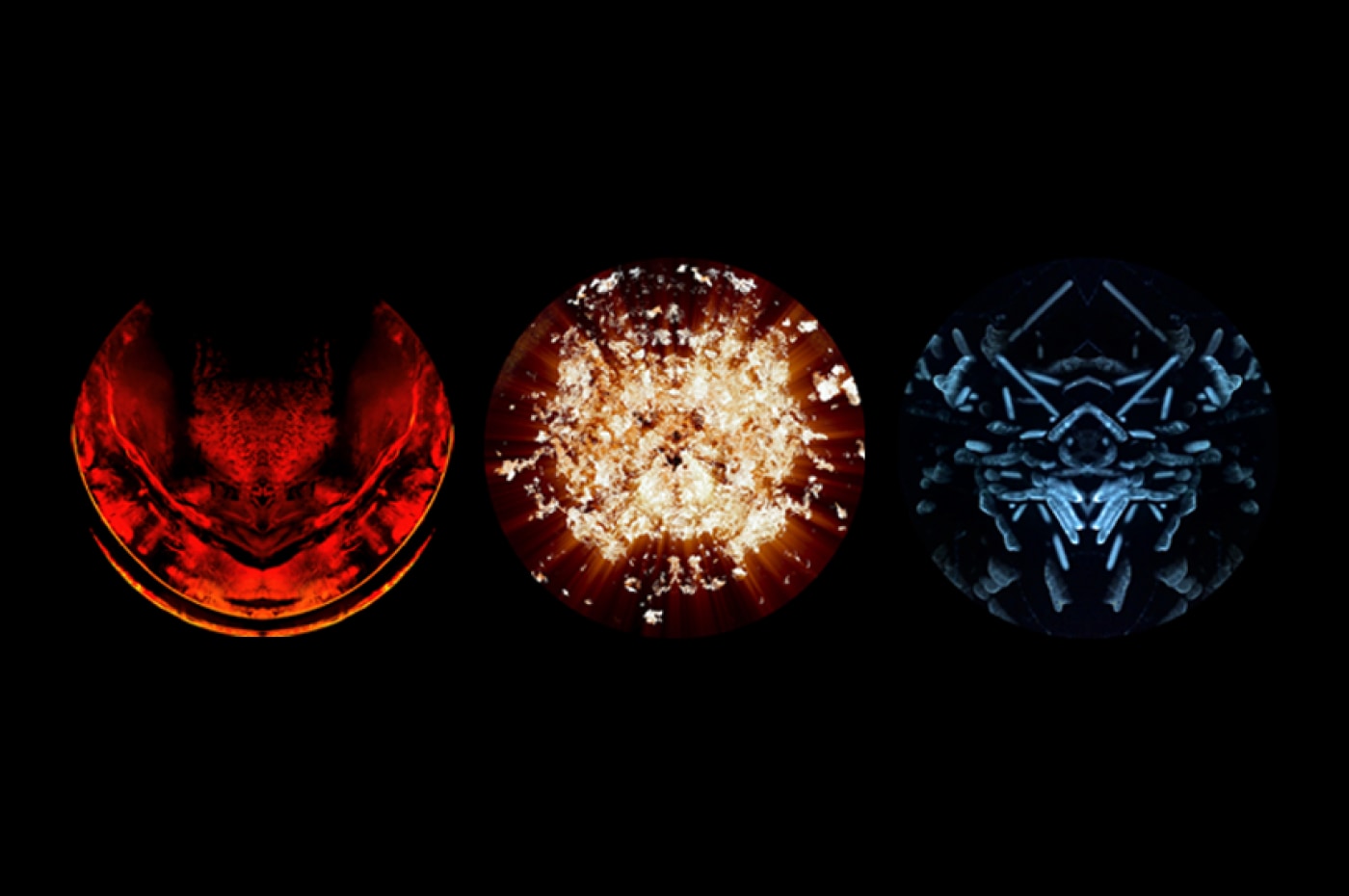NewslettersMay 14th, 2019
PG #33 – The ‘dark matter’ of design


Image by Andrew Watson
The first time I heard the term ‘dark matter’ in relation to design was when Dan Hill used it in his excellent book Dark Matter and Trojan Horses. This was 2014, before ‘strategic design’ was something people talked about, and before Paper Giant got started. You could almost say the concept of ‘dark matter’ is why Paper Giant got started.
In astrophysics, dark matter refers to all the stuff that we know exists even though we don’t know what it might be. We have no way to observe it, but it literally holds the fabric of the universe together. In design, ‘dark matter’ is the underlying ideological, cultural, structural and systemic ‘stuff’ that shapes and controls how organisations work, how decisions get made, and what changes are considered possible. It’s the stuff that happens in the background of our work that we don’t and can’t see.
Designers are constantly experimenting with new techniques that help us observe dark matter: borrowing language (e.g. reframing design as ‘regeneration’), using tools of speculative fiction, applying different ways of visualising and mapping systems to help people see their context in new ways.
Since reading Dan’s book in 2014, I’ve only become more convinced that the heart of our work is about detecting this dark matter, observing its effects, and making it visible to others.



